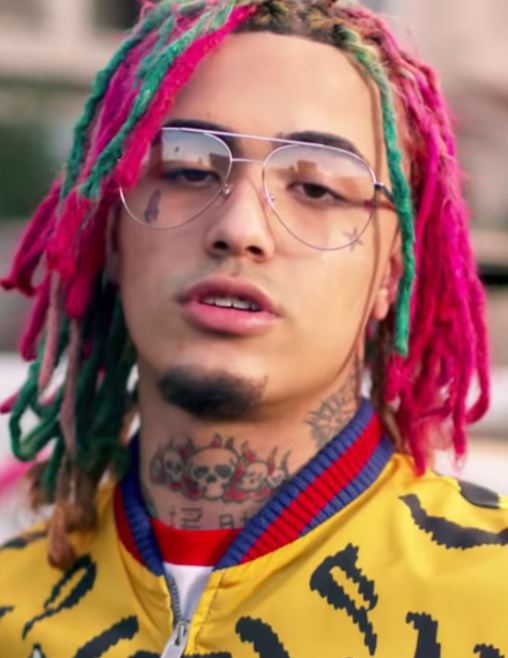Why has the phenomenon of white rappers with face tattoos become such a significant cultural trend? This question resonates deeply within the realm of modern hip-hop culture, where identity and self-expression are paramount. In recent years, the fusion of rap music and visual artistry through permanent facial ink has carved out a distinct niche in the industry. Artists like Lil Wayne have set the precedent for this movement, using their bodies as canvases to convey personal narratives and ideologies. As we delve into this topic, it becomes evident that these artists not only challenge societal norms but also redefine what it means to be authentic in today’s music landscape.
Kurt Jantz, better known by his stage name Forgiato Blow, exemplifies this cultural shift. Initially struggling to make waves in the rap scene with conventional themes revolving around guns and women, Jantz found his stride when he pivoted toward aligning himself with MAGA politics. His association with Donald Trump's brand of populism brought him unexpected prominence. A defining moment came when Jantz received a signed letter from Trump after sending him merchandise from his own website—a gesture that underscored the intersection between politics and pop culture. This alignment positioned Jantz at the center of a broader movement that leverages both political ideology and artistic expression.
| Bio Data | |
|---|---|
| Full Name: | Kurt Jantz |
| Date of Birth: | January 15, 1987 |
| Place of Birth: | Chicago, Illinois |
| Career Highlights: | White rapper known for face tattoos; gained recognition through MAGA-aligned content |
| Professional Information: | Active since early 2000s; released multiple independent projects focusing on political themes |
| Website Reference: | forgiatoblow.com |
Face tattoos among rappers serve as more than mere aesthetic choices—they act as symbols of rebellion, resilience, and individuality. Among notable figures in this category is Kellee Maize, whose work combines socially conscious lyrics with striking facial ink. Her rise to prominence in the early 2000s marked a turning point in how audiences perceive the integration of body art and musical talent. Similarly, Jeris Johnson, despite initial confusion regarding whether his tattoos were indeed on his face, solidified his place in the genre with tracks like My Sword. These instances highlight the evolving nature of identity formation within hip-hop.
The discourse surrounding white rappers with face tattoos extends beyond mere aesthetics. It touches upon issues of appropriation versus authenticity, challenging listeners to reconsider preconceived notions about race, ethnicity, and cultural ownership. The Algorithm, another prominent figure, features a face tattoo resembling Post Malone, sparking debates about homage versus imitation. Such discussions invite critical reflection on the boundaries of artistic freedom and cultural borrowing.
In Clarksville, Tennessee, the presence of artists sporting face tattoos adds layers to local music scenes. Bruce Mackey, who proudly showcases his new face tattoo while promoting live performances, encapsulates the spirit of this subculture. His invitation to fans—Me & my new face tattoo will be partying with y’all in CLARKSVILLE, TN tonight!—highlights the communal aspect of this phenomenon. Fans gather not just to enjoy the music but also to celebrate shared values expressed through visible markers of identity.
As social media platforms amplify voices previously marginalized or overlooked, they provide fertile ground for emerging artists to showcase their craft. Pinterest, Instagram, and TikTok have all played pivotal roles in popularizing face tattoos among rappers. On September 17, 2024, one user discovered and saved pins related to this trend, further cementing its relevance in contemporary discourse. The visual impact of face tattoos cannot be overstated; they command attention and provoke thought, making them invaluable tools for storytelling and branding.
Ultimately, the convergence of rap music and face tattoos reflects broader trends in self-expression and community building. Whether driven by political affiliations, artistic aspirations, or personal convictions, these artists contribute to a rich tapestry of cultural production. By embracing unconventional methods of communication, they invite us to rethink traditional paradigms and embrace diversity in its many forms. As the genre continues to evolve, so too will the ways in which artists choose to represent themselves—and perhaps redefine the very essence of hip-hop itself.



